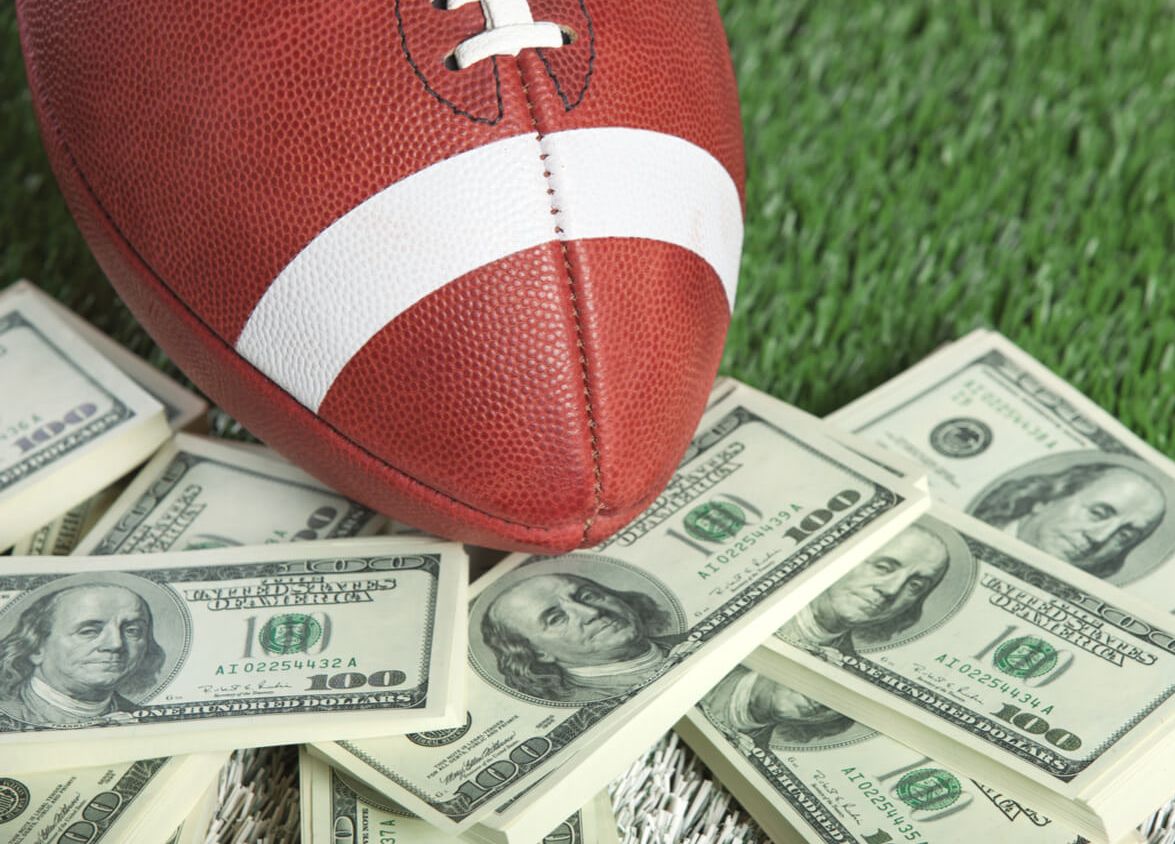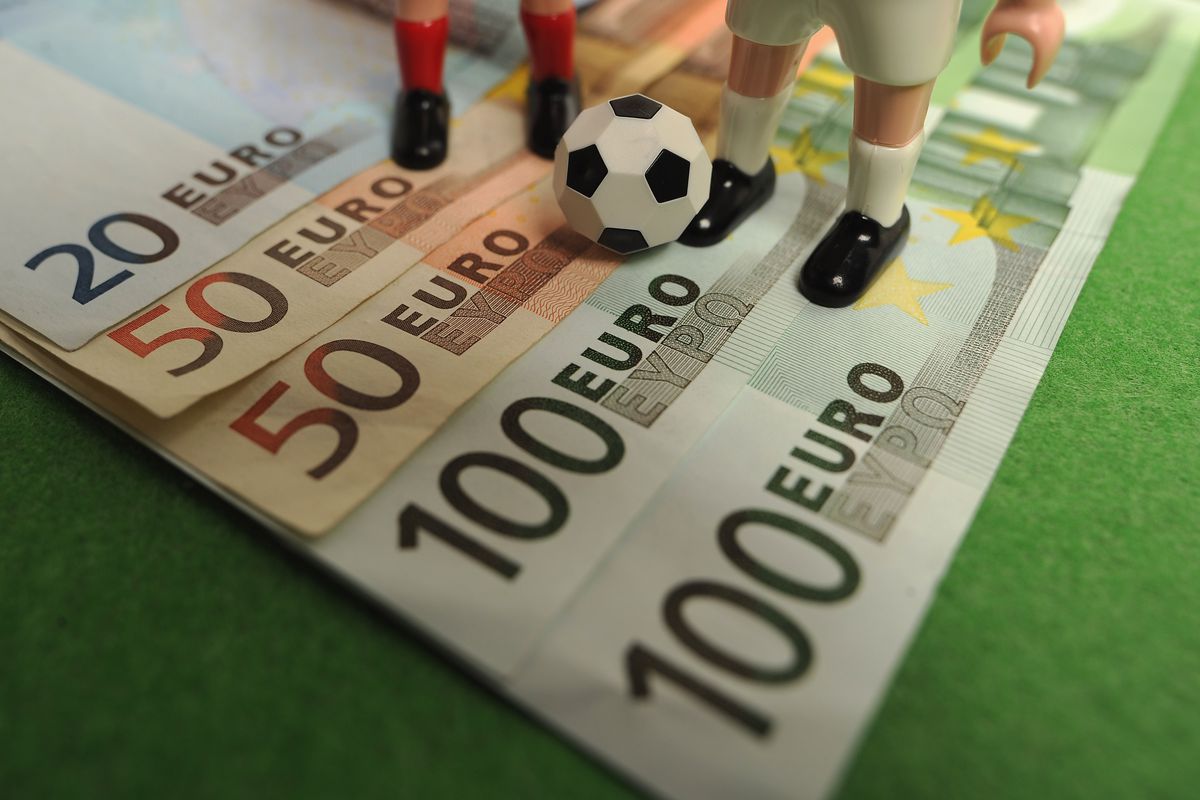
When it comes to betting, it is important to learn the fundamentals starting from the odds and progressing to more complex strategies. Apart from making sporting events more exciting to watch, betting also provides an opportunity to win money.
However, before you can start cashing the profits, you need to learn how to calculate odds.
Odds indicate the amount of money you should expect in return for a winning sports bet. The concept of the odds is the same in every bookmaker, but they are displayed in a different way.
There are three common types of odds:
- Moneyline
- Decimal
- Fractional
Here we will focus on the moneyline odds and dig a bit deeper to find out more of how they work, and how you can calculate them.
What is a Moneyline Bet?

Often described as one of the most straightforward wagers in sports betting, the moneyline bet is very popular all around the world.
When the competition is between two players or teams listed on a moneyline bet, bettors can choose one player or team to win. Yes, that’s it! There is no catch, no angle, no nothing.
Basically, you should choose between two participants who will become victorious at the end of the competition.
In some sports like soccer, boxing/MMA, or NBA, moneyline bets also have a third option for “draw”.
So, there are three options when betting on a wager like this.
Bet on the Favorite (Negative)
You can decide to put your money on the player or team that is more likely to win. Even though the odds don’t accurately indicate the probability of certain things happening in a sporting event, there will always be one team more that will have a slight edge (at least on paper) over the other team.
The moneyline bet for the favorite is always represented with a minus sign in front (-) or often described as a negative moneyline odds (i.e -150).
These bets are calculated using exactly $100 as a metric. In other words, they indicate the amount of money you should invest in order to win $100.
With the negative odds, you usually need to bet more money to win the $100. In the case of a -150 moneyline bet, you need to wager $150 in order to win $100.
Bet on the Underdog (Positive)

If you are brave enough to put some money on the underdog, then you should expect more money in return. The underdog is a team or a player that has a lower probability to win. The underdog always has positive moneyline odds (i.e +150).
The positive moneyline bet has the same principles as the negative moneyline bet. In other words, it indicates the amount of money you need to invest, in order to win $100.
In this case, you need to invest $100 in order to win $150 totaling a payout of $250.
Since we are talking about positive moneyline odds, they are always indicated with a plus sign in front of the number (+), which means that they will pay you more money than the original amount you wagered.
Even

As we mentioned before, some sports have a third option which is betting on an even or so-called Pick ‘em odds. An ‘even’ odds occur when two teams are very close in terms of performance and sportsbooks cannot decide which team has a higher probability of winning.
In this case, bettors should expect the same amount of money for a winning wager on both sides or they will win $100 for a $100 wager.
In such cases, sportsbooks indicate this odd with the word ‘even’ (EV) or ‘pick’em’ (PK) before the number.
How to Calculate Moneyline Odds?

Although the process might look complicated, especially for beginners, calculating Moneyline odds is fairly simple even if you don’t have a betting calculator. The only thing you need to understand is the type of moneyline odd that you want to put money on.
Whether is:
- Positive
Or
- Negative
Calculating positive odds is very simple. All you need to do is divide the odds by 100, and then multiply that by the amount of money you want to wager.
Formula: (Moneyline Odds / 100) x Amount of Money wagered
For example: If you want to wager $200 on a +300 moneyline odd, you should expect to receive $600.
300 / 100 = 3 * 200 = 600
Unlike other odds like decimal or fractional where the same formula is used for calculating all potential winnings, the moneyline odds work differently.
The negative moneyline odds are calculated by dividing 100 by the odds and then multiplying by the amount of money you want to bet.
Formula: (100 / Moneyline Odds) x Amount of Money wagered
For example: If you want to wager $200 on a -200 moneyline odd, you should expect to receive $100 in return, totaling $300 with your original wagered amount.
100 / 200 = 0.5 * 200 = 100
Calculating both outcomes is fairly simple and once you get the hang of it, you won’t even need a calculator for simpler numbers. Nonetheless, if this is still too complicated you can go to TwinSpires website and use their betting odds calculator: edge.twinspires.com/betting-odds-calculator/
What Happens in a Tie Bet?

As we mentioned before, some sports have three different outcomes where either team can win or there will be a tie game. But what happens if you bet on a Positive or Negative moneyline bet, and the game finishes with no winner?
Well, if this option was not provided as a moneyline bet from the bookmaker, the full amount of the bet will be returned to the better. Nobody is losing or gaining anything. This result is often referred to as a ‘push’ in the sports betting community.
Conclusion
Understanding how the moneyline bet works is very important if you want to make some money while betting on your favorite team.
Even though sportsbooks use state-of-the-art technology for indicating probability in a sporting event, in many cases, the result doesn’t reflect their probability repot. In other words, you shouldn’t focus too much on who the sportsbook picked as a favorite for the match.
Make sure to do your own research and come up with a winning strategy of your own. That way, you’ll have a better chance of turning betting into a profitable business.
















